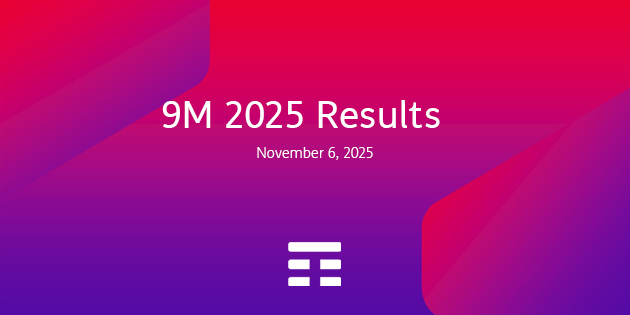Open RAN is the Open Radio Access Network technology that allows for the creation of next generation mobile networks, increasing the performance and flexibility of the services offered.
This is one of the most important developments in the mobile access network, which is currently being worked on internationally.
Thanks to the development of Open RAN solutions, new standards are being defined that make the development of antennas and radio access network hardware and software components independent, so that different industrial players can offer solutions that are interoperable with those of other operators. This fosters the growth of a broader and more diverse industrial ecosystem and opens the door to start-ups and other innovators, reducing the time it takes to develop new services for customers and businesses.
This initiative is promoted and led by the Open RAN Alliance, the international group which has been bringing some of the leading telecommunications operators, including TIM, together since February 2018. The aim is to develop mobile infrastructures with open interfaces, thus facilitating collaboration between different actors.
Among the technologies at the heart of this evolution is 5G, which, together with the Cloud and Edge Computing, will make the widespread dissemination of increasingly secure and advanced digital services for people, businesses and the public administration possible. This includes services linked to new solutions for Industry 4.0, smart cities and autonomous driving.



